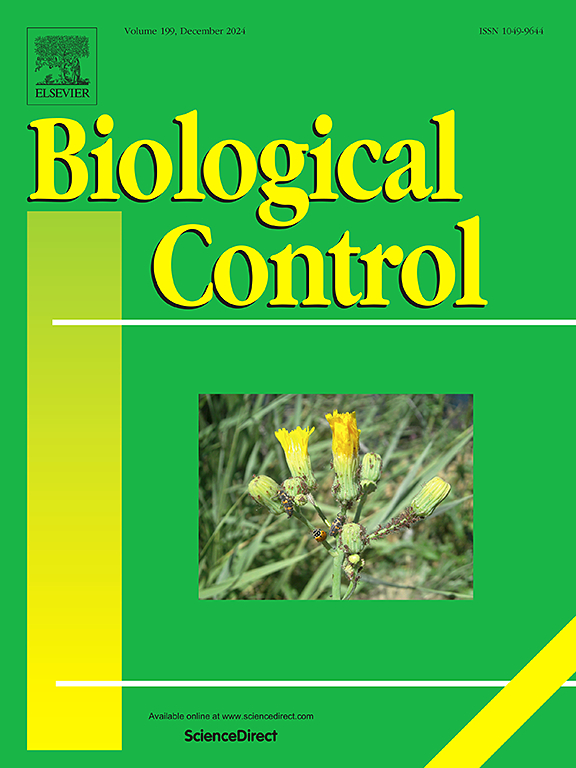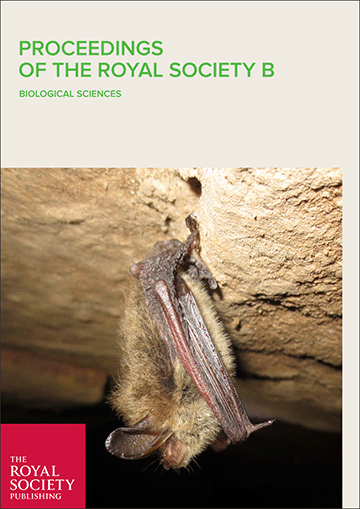The provision of improved access to safe water supplies appears to be an obvious goal for external development assistance. This study of 7 villages in the Upper Nyando basin of Western Kenya shows that the provision of piped water into rural households can dramatically alter people’s lives, particularly by alleviating labor and time burdens generally born by women and girls, and by providing a key input into home garden and intensive livestock production. Yet this study also shows that community self-organization for water provision is a difficult collective action problem, requiring high levels of finance, commitment to collective processes, formalized structures of governance, and some way of surmounting gender disparities. Looking across the seven villages included in this study, no clear pattern emerged regarding the preconditions for collective action, although ethnic heterogeneity and conflict are obvious obstacles to collective action. There is no evidence that income, wealth or connections to the outside world were important. This is both good news and bad: good in that any community with a relatively homogeneous population might be capable, bad in that we’ve not identified easy ways for external agencies to identify villages most likely to be successful.
DOI:
https://doi.org/10.5716/WP16436.PDF
Altmetric score:
Dimensions Citation Count:
























